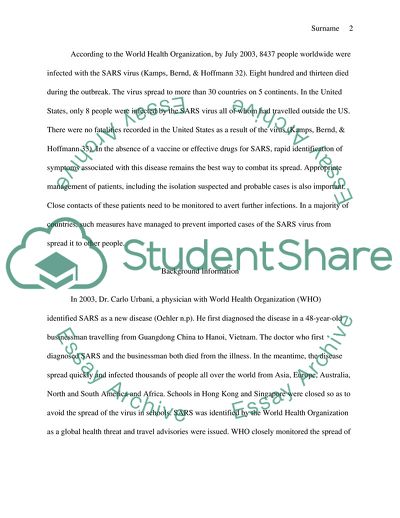Cite this document
(Severe Acute Respiratory Syndrome Essay Example | Topics and Well Written Essays - 2250 words, n.d.)
Severe Acute Respiratory Syndrome Essay Example | Topics and Well Written Essays - 2250 words. https://studentshare.org/health-sciences-medicine/1772075-sars-severe-acute-respiratory-syndrome
Severe Acute Respiratory Syndrome Essay Example | Topics and Well Written Essays - 2250 words. https://studentshare.org/health-sciences-medicine/1772075-sars-severe-acute-respiratory-syndrome
(Severe Acute Respiratory Syndrome Essay Example | Topics and Well Written Essays - 2250 Words)
Severe Acute Respiratory Syndrome Essay Example | Topics and Well Written Essays - 2250 Words. https://studentshare.org/health-sciences-medicine/1772075-sars-severe-acute-respiratory-syndrome.
Severe Acute Respiratory Syndrome Essay Example | Topics and Well Written Essays - 2250 Words. https://studentshare.org/health-sciences-medicine/1772075-sars-severe-acute-respiratory-syndrome.
“Severe Acute Respiratory Syndrome Essay Example | Topics and Well Written Essays - 2250 Words”. https://studentshare.org/health-sciences-medicine/1772075-sars-severe-acute-respiratory-syndrome.


